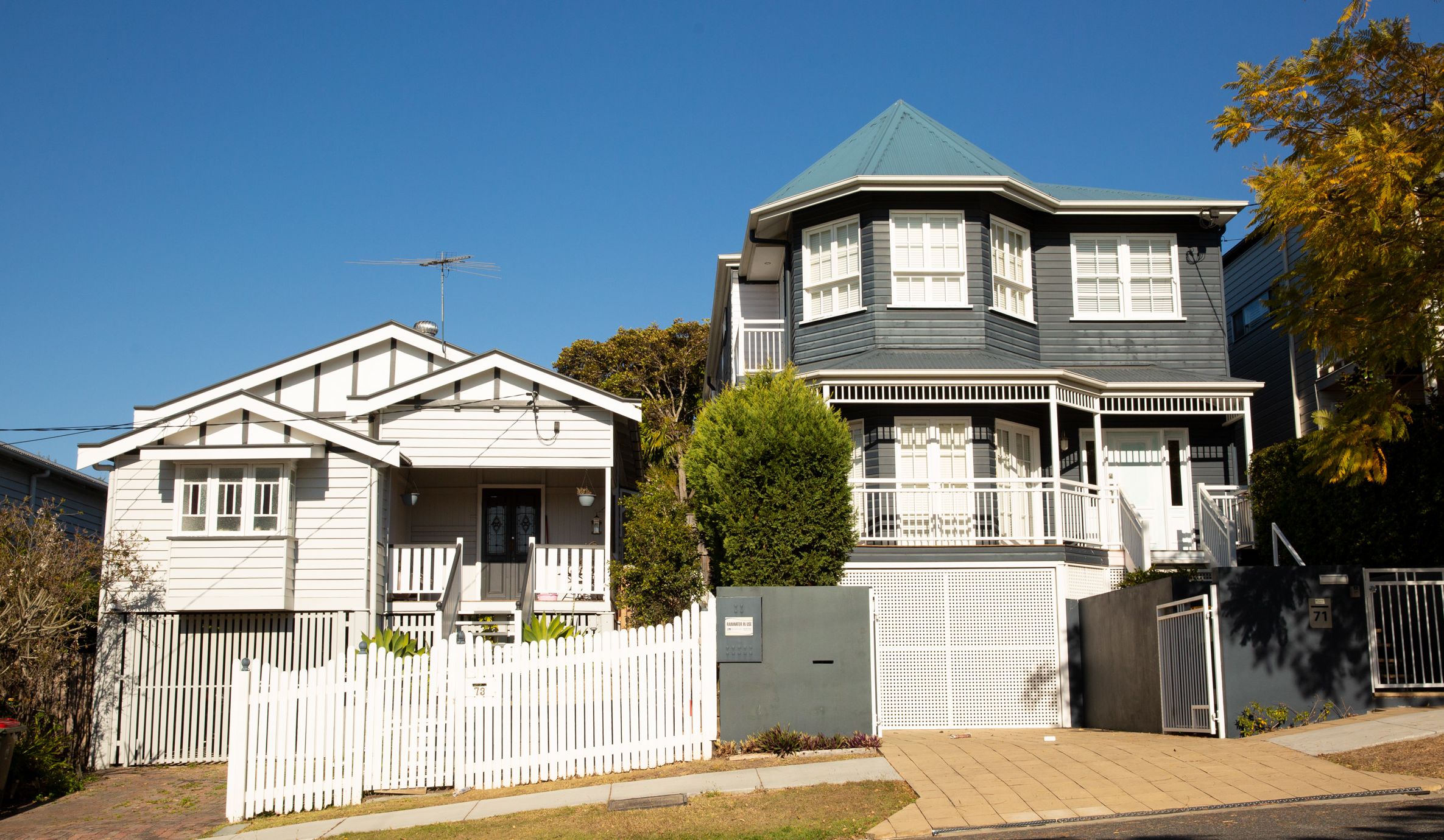Should you borrow more money just because you can?

Hopeful house hunters have ridden the regulation rollercoaster over the past few years, but buyers’ budgets are bound for a boost under a proposed change announced by the banking regulator.
The credit crunch brought on by increased scrutiny on household finances looks set to ease, with the Australian Prudential Regulation Authority flagging its proposal to relax the interest rate that borrowers are assessed against when applying for a loan.
On top of that, many analysts expect not one, but two interest rate cuts in the second half of this year.
Easing regulations and falling interest rates mean a typical buyer will be able to borrow more money. “It will have a substantial impact on increasing people’s borrowing capacity,” said Property Planning Australia managing director David Johnston.
Some experts expect buyers to be able to borrow 15 per cent more, although this change is likely to be gradual. “The banks will want to be seen as prudent,” Johnston said. “It could take up to a year.”
But just because the bank may lend you more money than they would just a few short months ago, does that mean you should take them up on their offer?
Making sense of market movements
Borrowing big makes most sense when prices are rising. If the value of your home is increasing and the size of your loan is decreasing as it’s paid off, your equity rises, strengthening your position and building your wealth.
The opposite is true when prices are falling, as has been the case for the past 18 months. In Sydney, the median house price is almost 13 per cent lower than the peak, while the Melbourne median has fallen by more than 11 per cent. As a result, 4 per cent of borrowers now owe the bank more than the value of their home.
But several key signs point to a turnaround in the near future. These include the easing of credit restrictions, the prospect of further rate cuts, renewed confidence brought on by the re-elected Coalition government’s intentions to leave negative gearing and the capital gains tax discount unchanged, and plans to help first-home buyers.
Prices are low, credit is cheap and sentiment is improving, and the cyclical nature of the housing market means the stage after a downturn is the point of maximum financial opportunity.
“From a market perspective, it’s good timing, even though that’s not what you should make decisions on,” Johnston said.
Heavily leveraging at a point when growth seems most likely may be tempting, but this strategy relies on astute asset selection, and can significantly affect household cash flow.
It pays to be selective
Property sales are at the lowest point in two decades, because the same conditions that created a buyer’s market have limited the amount of properties available. “Stock is hard to get because people are sitting on their hands,” said Foster Ramsay Finance principal Chris Foster-Ramsay.
With opportunistic sellers on the sidelines until growth returns, buyers must be extremely diligent, because a property is often a bargain for a reason.
Homes with negatives that can’t be changed, such as poorly located properties on main roads, under flight paths or adjacent to industrial areas, will underperform when growth picks up.The same goes for homes lacking in parking, natural light or outdoor space.
On the other hand, quality homes will always be sought after, and it’s worth focusing on fundamentals, Foster-Ramsay says. “It comes back to the old property rules, and that is location, transport, schools and infrastructure.”
With FOMO (fear of missing out) out of the equation, buyers have the luxury of time, and shouldn’t rush to buy a home that isn’t ideal, according to mortgage broker and Wealthful founder Chris Bates.
“Just because you’ve got higher borrowing capacity now doesn’t mean it’s the right time to use it,” he said.
Expect and plan for higher repayments
It’s easy to forget that a bigger borrowing capacity means bigger repayments. “You don’t want to be in a situation where you’re having to drastically change the way you live,” Foster-Ramsay said.
Buyers should base their budget on their ideal surplus cash flow and savings buffer, according to Johnston. “You shouldn’t just be borrowing what a bank will tell you that you can borrow,” he said. “Base it off your own personal economy first and foremost.”
If housing and discretionary spending take up the bulk of household income, little is leftover for savings. On the other hand, if savings in an offset account grow, this reduces interest payable, shrinks repayments and increases equity faster.
It’s important to remember that unwinding of regulations won’t necessarily help all buyers equally, according to Bates. “Most buyers aren’t borrowing up to their maximum,” he said. “There’s only a certain portion that are really getting capped out, and a lot of them are investors.
“What’s usually stopping first-home buyers is savings. It’s not usually the borrowing amount, it’s usually a cash problem.”
Before diving into debt, remember that serviceability requirements exist for a reason. The buffer between the interest rate and assessment rate not only minimises the risk of default, but reduces strain on household finances.
For many buyers, it may be wiser to stick to a lower price point and buy with a bigger deposit and a stronger equity position.
We recommend
Three signs you are in mortgage prison and how to break free
How does self-storage investing work?
We thought you might like
States
Capital Cities
Capital Cities - Rentals
Popular Areas
Allhomes
More







